User Interface (UI) Design Jobs in the Video Game Industry: The Ultimate Quick Guide

Introduction
User Interface (UI) design plays a vital role in the video game industry, creating engaging and visually appealing interfaces that enhance the overall gaming experience. As the demand for skilled UI designers continues to grow, there are plenty of opportunities to enter this dynamic and creative field. In this comprehensive guide, we'll explore UI design jobs in the video game industry, discuss the various roles and responsibilities involved, and provide helpful tips for aspiring designers to kick-start their careers.
What Is UI Design in the Video Game Industry?
User Interface design in the video game industry refers to the process of designing the visual elements, layouts, and interactions that players use to navigate and control the game. This includes elements such as menus, HUD (Heads-Up Display), buttons, icons, and other interactive components. UI designers are responsible for creating user-friendly, visually appealing interfaces that not only look great but also improve the overall gaming experience.
Key Roles and Responsibilities of UI Designers
UI designers in the video game industry often have a range of responsibilities, which can vary depending on the size and scope of the game studio or project. Some of the key roles and responsibilities include:
Collaborating with other team members: UI designers work closely with game designers, programmers, artists, and other team members to develop a cohesive vision for the game's interface and ensure that it aligns with the overall design goals.
Creating wireframes and mockups: Before diving into the actual design work, UI designers often create wireframes and mockups to plan out the layout, visual style, and interactions for the game's interface.
Designing UI elements and assets: UI designers create a wide range of visual assets, such as buttons, icons, menus, and other interactive components, ensuring that they are visually appealing, functional, and easy to use.
Implementing UI elements in the game engine: UI designers often work with programmers to implement their designs in the game engine, using tools such as Unity, Unreal Engine, or custom in-house engines.
Testing and iterating on designs: UI designers are responsible for testing their designs and making adjustments as needed to ensure that they are user-friendly, visually appealing, and aligned with the overall design goals.
Staying up to date with industry trends: As with any creative field, it's essential for UI designers to stay informed about the latest trends, tools, and best practices in the industry.
Educational Requirements and Skills
While there is no one-size-fits-all approach to becoming a UI designer in the video game industry, there are certain educational and skill requirements that can help you stand out in the job market:
A bachelor's degree in a relevant field: While not always required, a degree in graphic design, interactive design, or a related field can provide a solid foundation for a career in UI design.
Proficiency in design tools: UI designers should be proficient in industry-standard design tools such as Adobe Photoshop, Illustrator, Sketch, and Figma.
Knowledge of game engines and programming languages: Familiarity with popular game engines like Unity or Unreal Engine, as well as programming languages like C# or C++, can be a valuable asset for UI designers.
Strong visual design skills: UI designers should have a strong understanding of color theory, typography, composition, and other visual design principles.
Problem-solving and communication skills: UI designers need to be able to think critically, solve complex design problems, and effectively communicate their ideas to other team members.
A solid portfolio: A strong portfolio showcasing your UI design skills, including projects from both inside and outside the gaming industry, is crucial for demonstrating your abilities to potential employers.
A passion for gaming: Having a deep understanding of and passion for video games can help you create better UI designs that resonate with players.
Types of UI Design Jobs in the Video Game Industry
There are several types of UI design jobs in the video game industry, each with its own unique set of responsibilities and requirements. Some of the most common roles include:
UI Designer: A UI designer is responsible for creating the visual assets and layouts for a game's interface, working closely with other team members to ensure a cohesive and functional design.
UI Artist: A UI artist focuses primarily on the visual aspects of the interface, creating visually appealing assets and layouts while collaborating with other team members to ensure that the designs are functional and align with the overall game design goals.
UI Programmer: A UI programmer works closely with UI designers to implement their designs in the game engine, often using programming languages like C# or C++ and tools like Unity or Unreal Engine.
UI Design Lead: A UI design lead oversees the entire UI design process, managing a team of UI designers and working closely with other department leads to ensure that the game's interface meets the overall design goals.
Tips for Aspiring UI Designers in the Video Game Industry
If you're interested in pursuing a career in UI design within the video game industry, here are some tips to help you get started:
Develop your design skills: Focus on building a strong foundation in visual design principles, including color theory, typography, and composition, as well as mastering industry-standard design tools.
Learn the fundamentals of game design: Understanding the basics of game design, including mechanics, systems, and player psychology, can help you create better UI designs that align with the overall design goals of the game.
Build a strong portfolio: Create a portfolio that showcases your best work, including UI designs for video games and other interactive projects. Make sure to include examples that demonstrate your ability to design user-friendly, visually appealing interfaces.
Network with industry professionals: Attend industry events, join online forums, and connect with other professionals in the video game industry to learn more about the field and expand your network.
Gain experience through internships or freelance work: Look for internships, freelance projects, or other opportunities to gain hands-on experience in UI design for video games on Hitmarker. This will not only help you build your portfolio but also give you valuable insights into the day-to-day responsibilities of a UI designer in the industry.
Conclusion
UI design jobs in the video game industry offer exciting opportunities for creative professionals who are passionate about creating visually appealing and user-friendly interfaces for games. By building a strong foundation in design principles, developing a compelling portfolio, and gaining hands-on experience, you can set yourself up for a successful career in this dynamic and ever-evolving field. You can see all of the UI design jobs available in the video game industry on Hitmarker by clicking here.
-
 Landing a Summer Internship in the Video Game Industry: The Ultimate Quick Guide
Landing a Summer Internship in the Video Game Industry: The Ultimate Quick Guide -
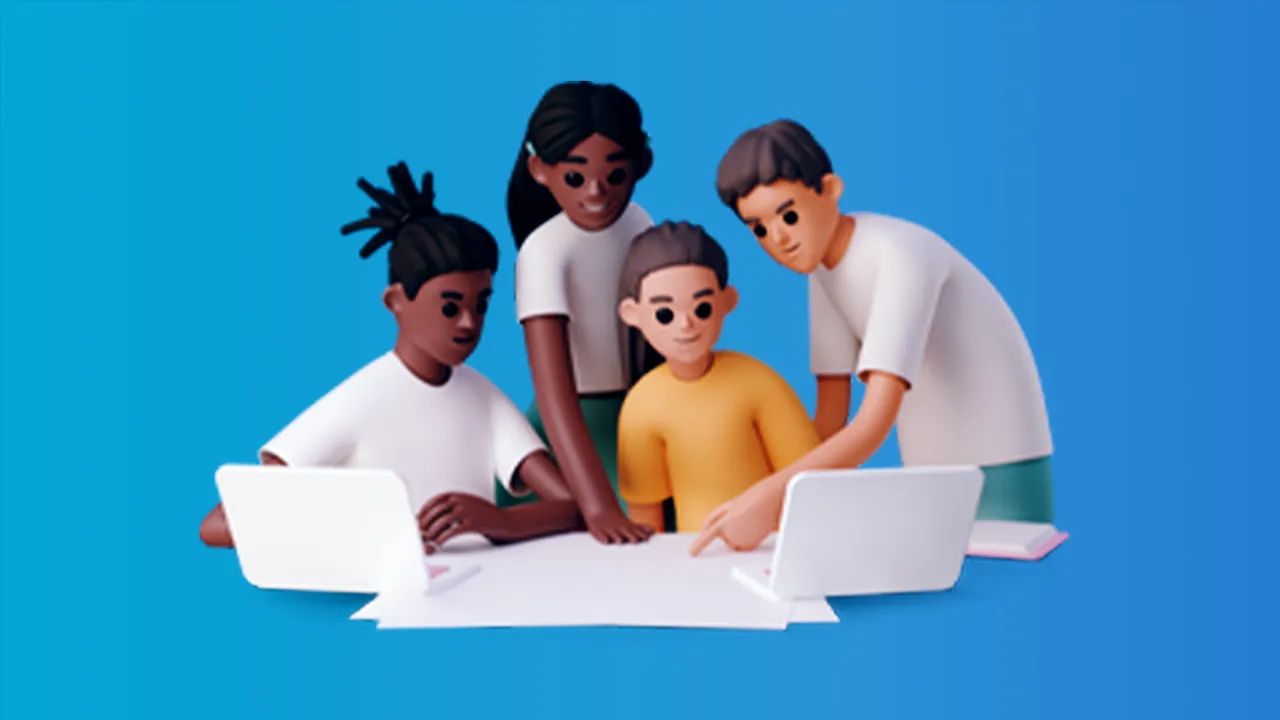 Entry-level Jobs in the Video Game Industry: The Ultimate Guide
Entry-level Jobs in the Video Game Industry: The Ultimate Guide -
 Junior-level Jobs in the Video Game Industry: The Ultimate Guide
Junior-level Jobs in the Video Game Industry: The Ultimate Guide -
 Intermediate-level Jobs in the Video Game Industry: The Ultimate Guide
Intermediate-level Jobs in the Video Game Industry: The Ultimate Guide -
 Senior-level Jobs in the Video Game Industry: The Ultimate Guide
Senior-level Jobs in the Video Game Industry: The Ultimate Guide -
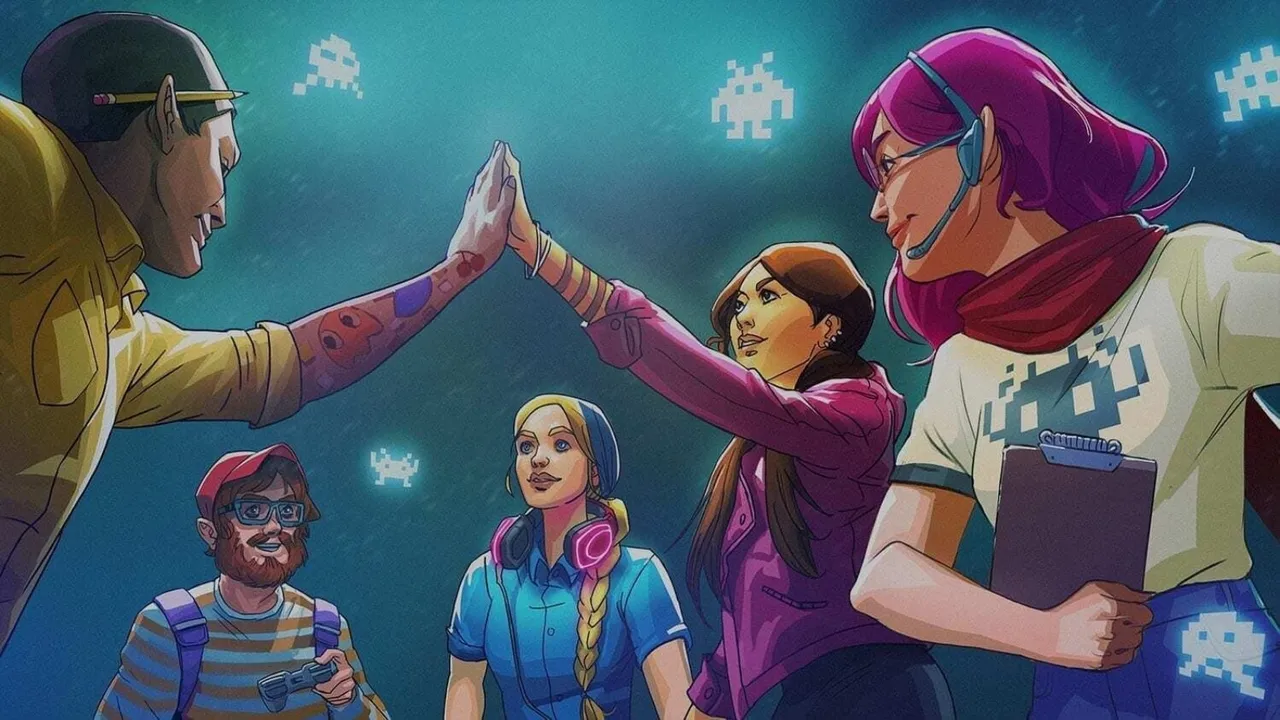 Getting into gaming: Strategies for landing your first game development job with Katherine Mould of Keywords Studios
Getting into gaming: Strategies for landing your first game development job with Katherine Mould of Keywords Studios -
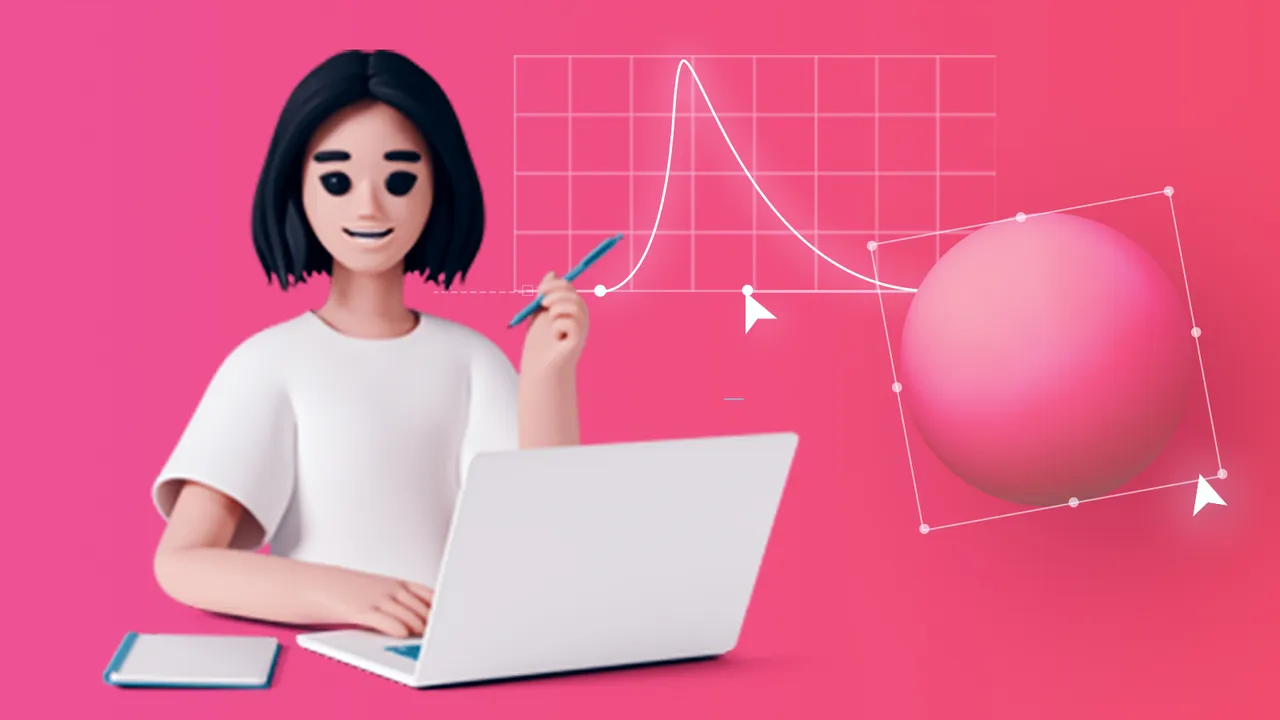 Art and Animation Jobs in the Video Game Industry: An Overview
Art and Animation Jobs in the Video Game Industry: An Overview -
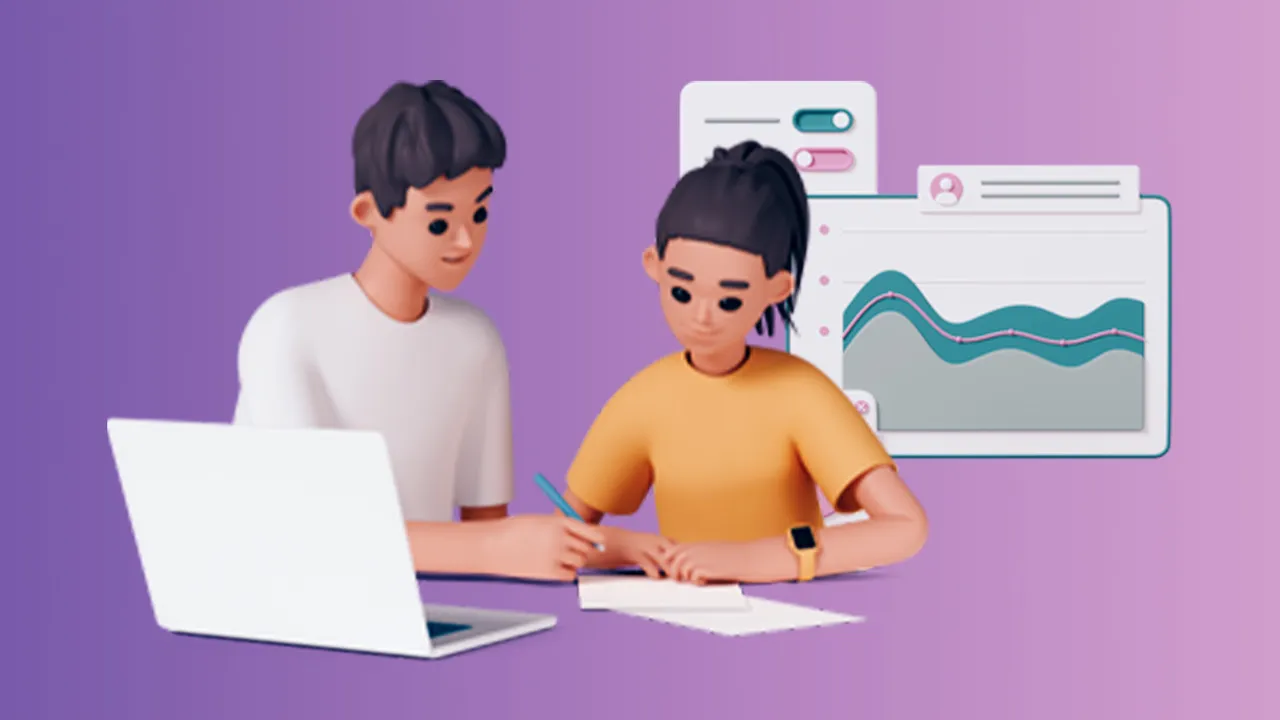 Business Operations Jobs in the Video Game Industry: An Overview
Business Operations Jobs in the Video Game Industry: An Overview -
 Communications and Marketing Jobs in the Video Game Industry: An Overview
Communications and Marketing Jobs in the Video Game Industry: An Overview -
 Content Creation Jobs in the Video Game Industry: An Overview
Content Creation Jobs in the Video Game Industry: An Overview -
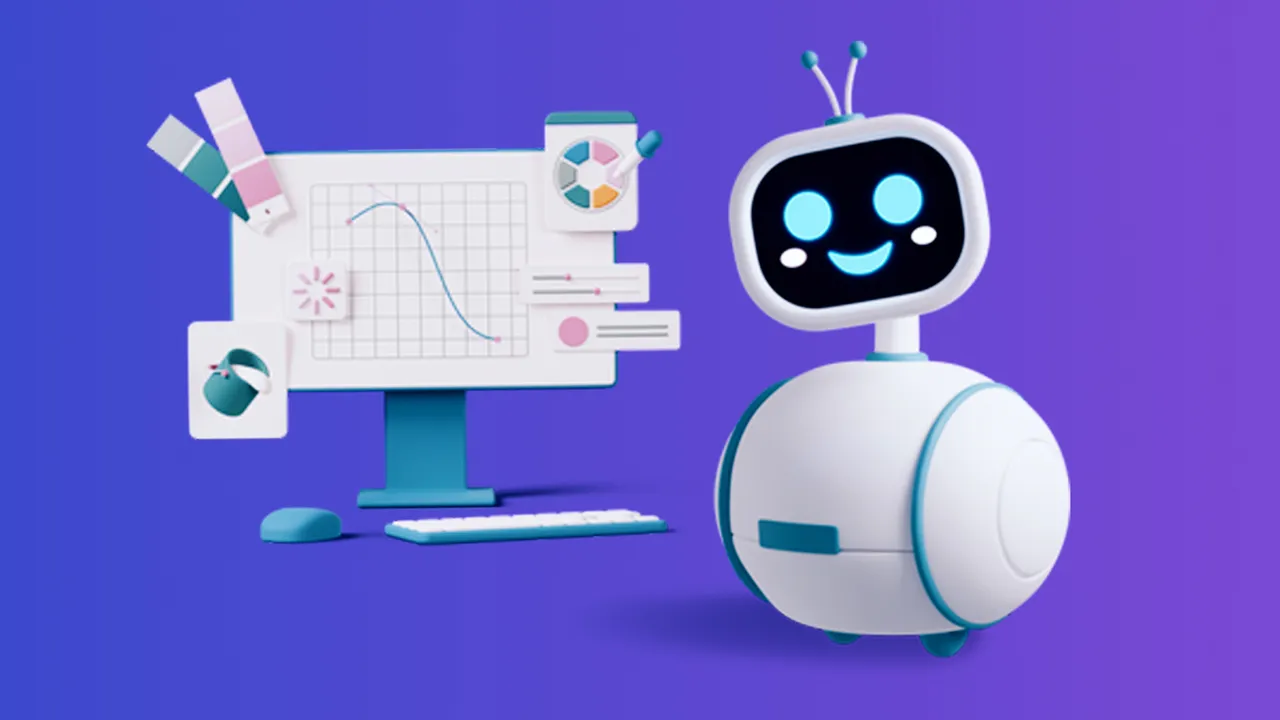 Game Design Jobs in the Video Game Industry: An Overview
Game Design Jobs in the Video Game Industry: An Overview -
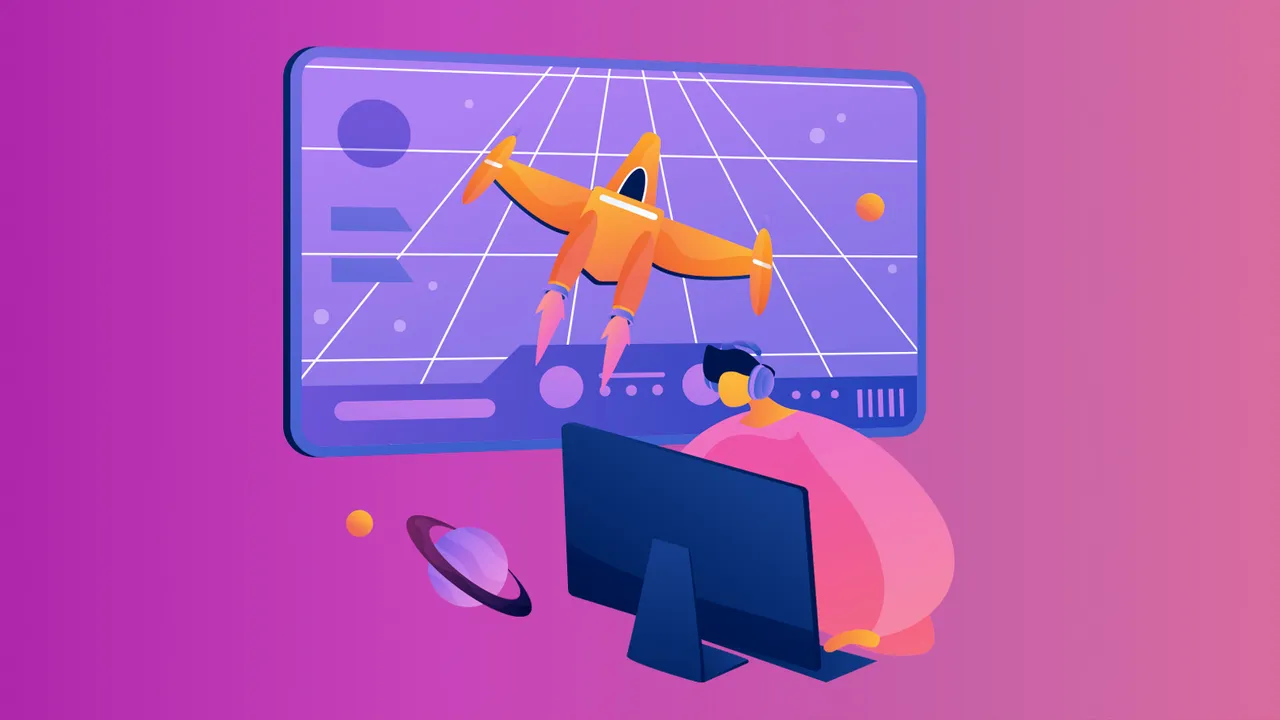 Game Development Jobs in the Video Game Industry: An Overview
Game Development Jobs in the Video Game Industry: An Overview